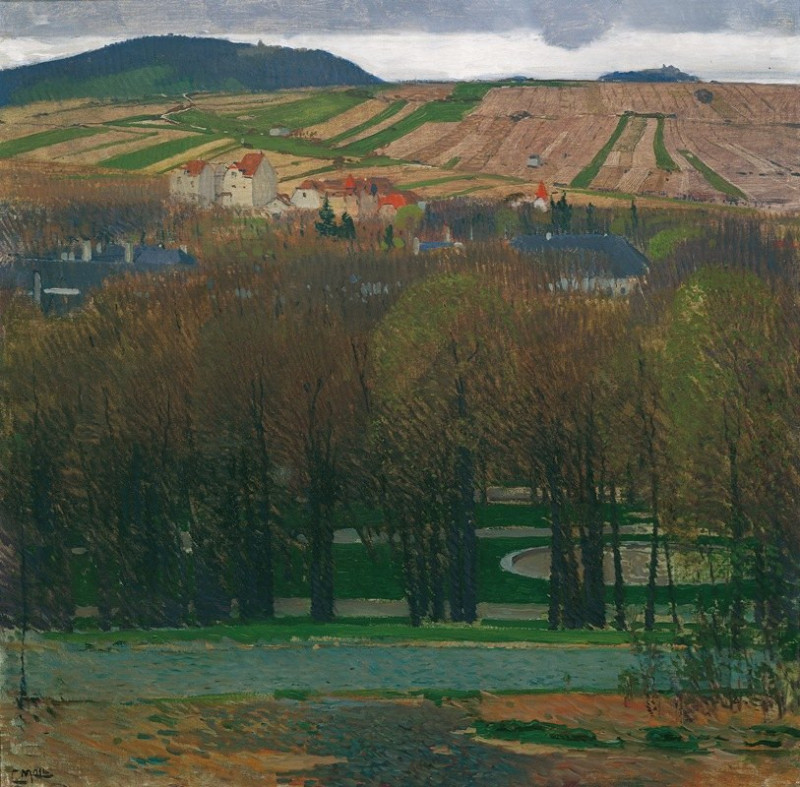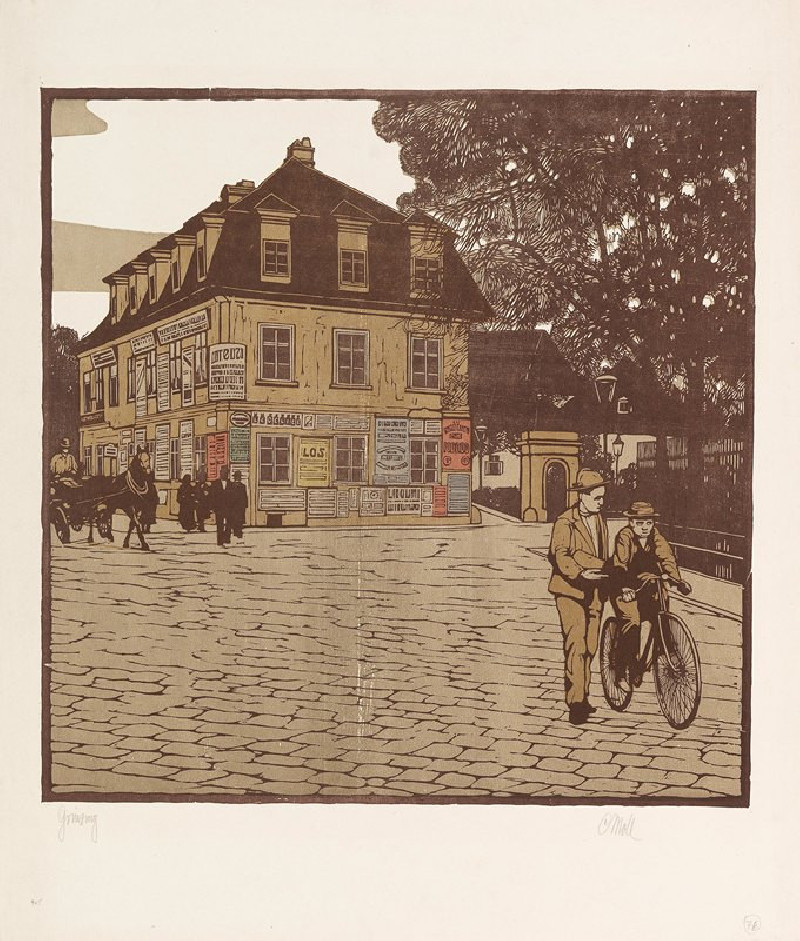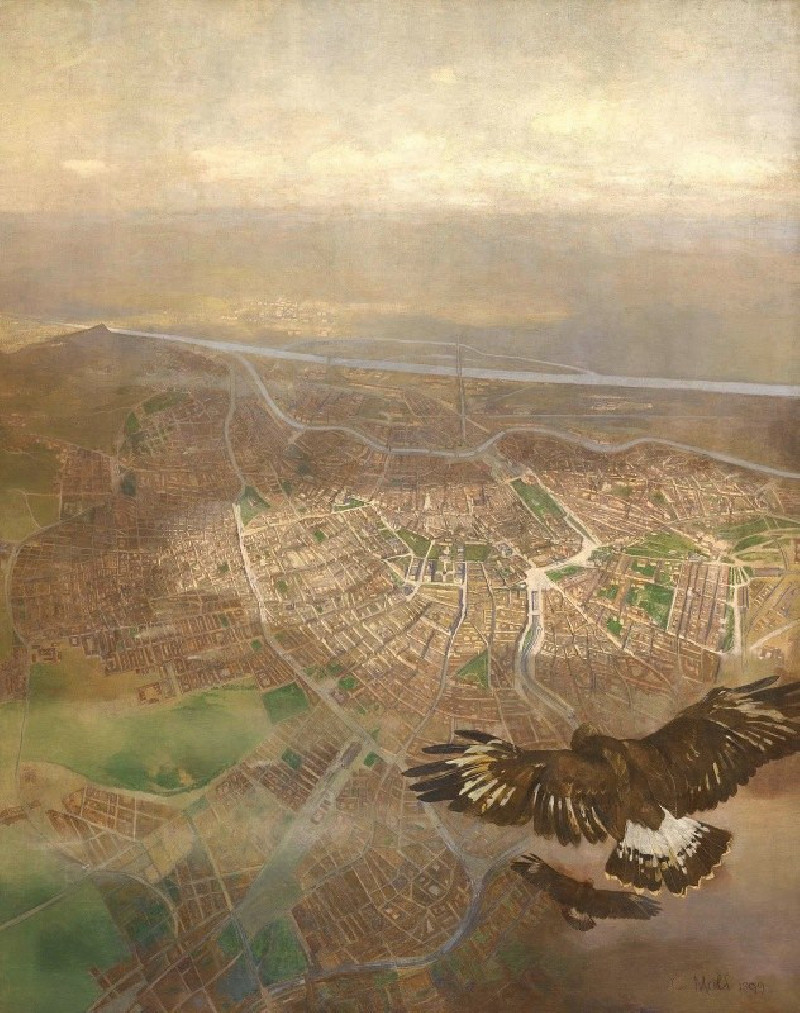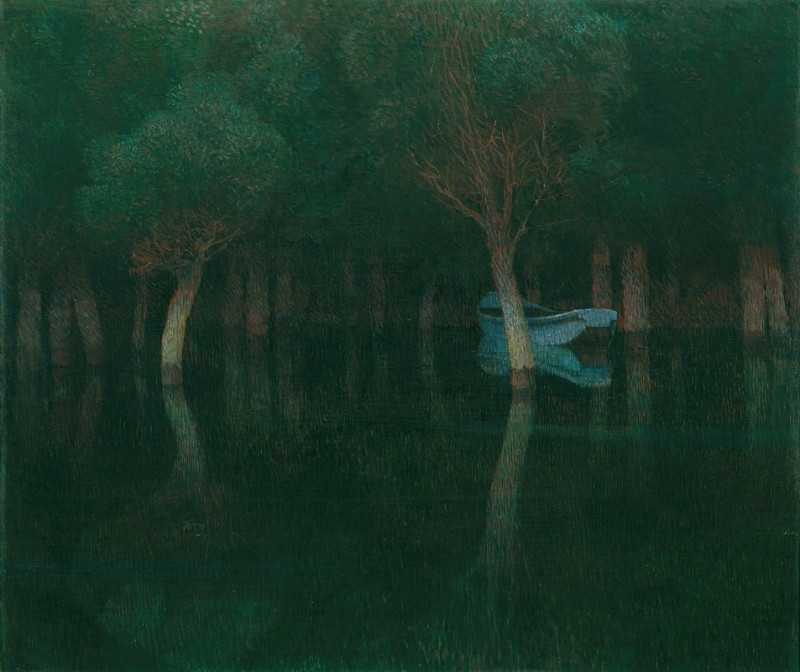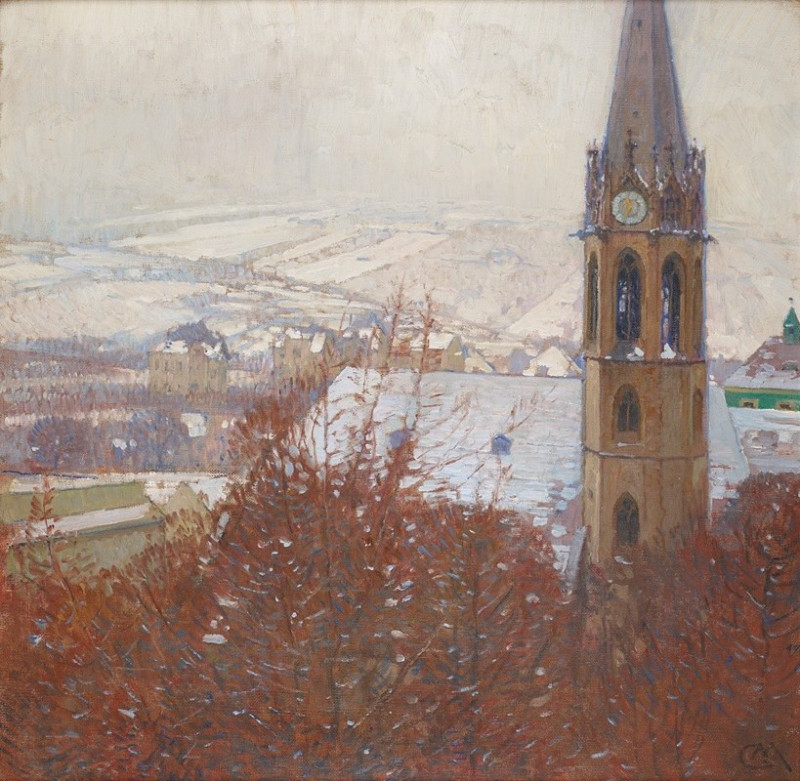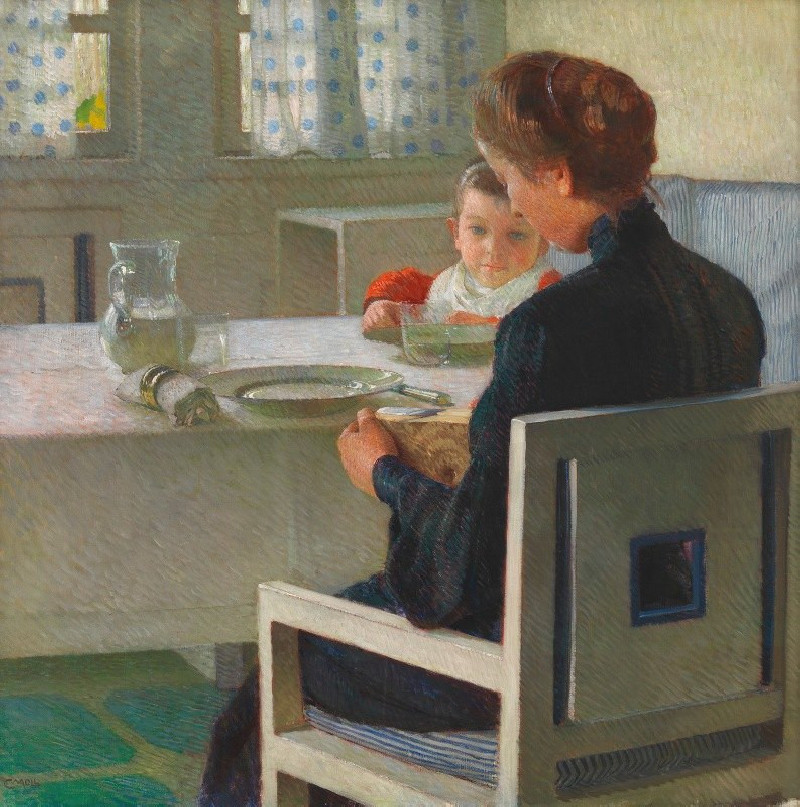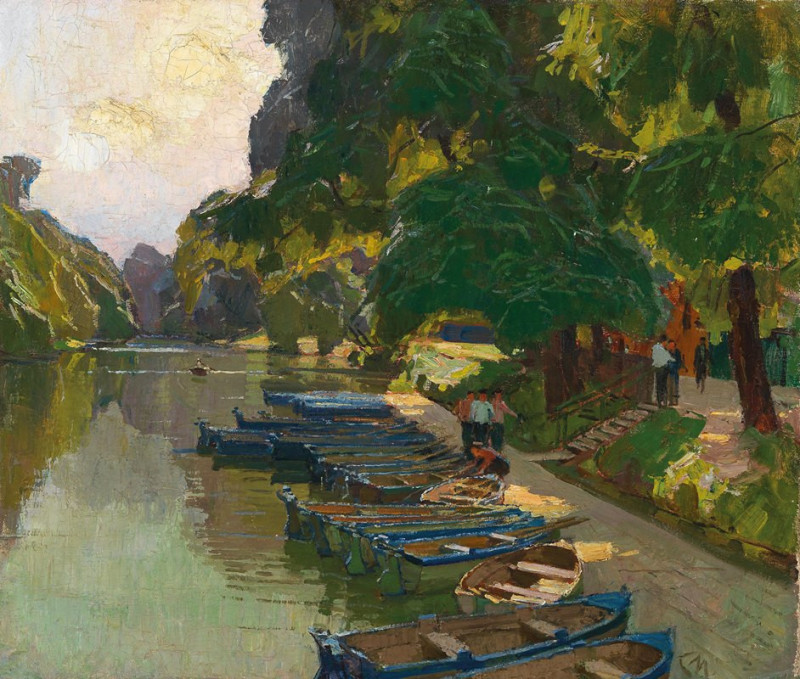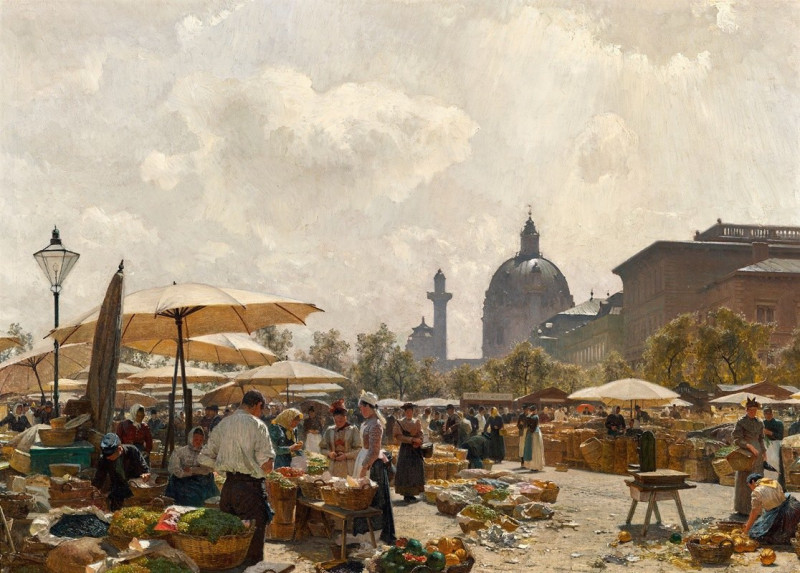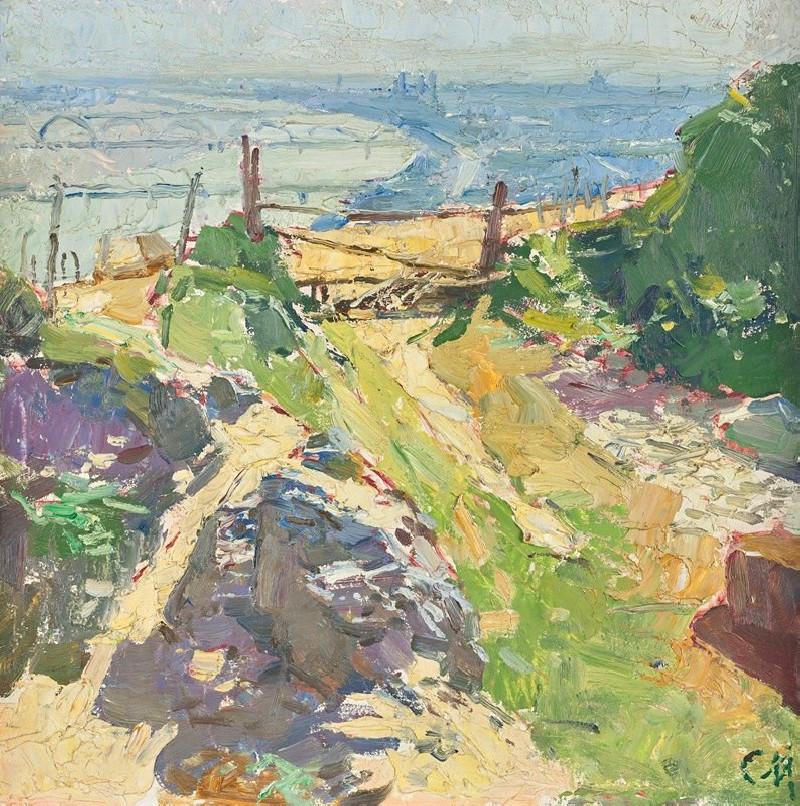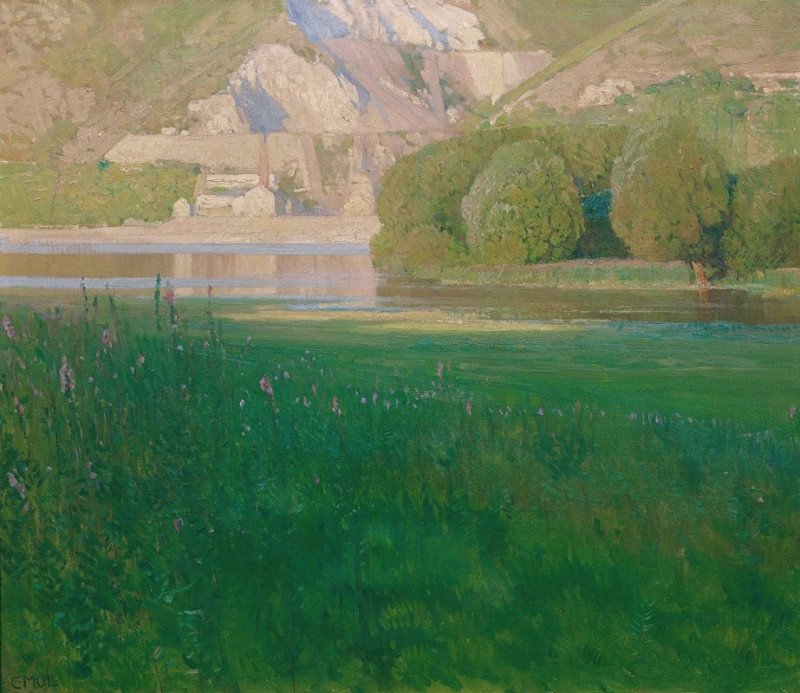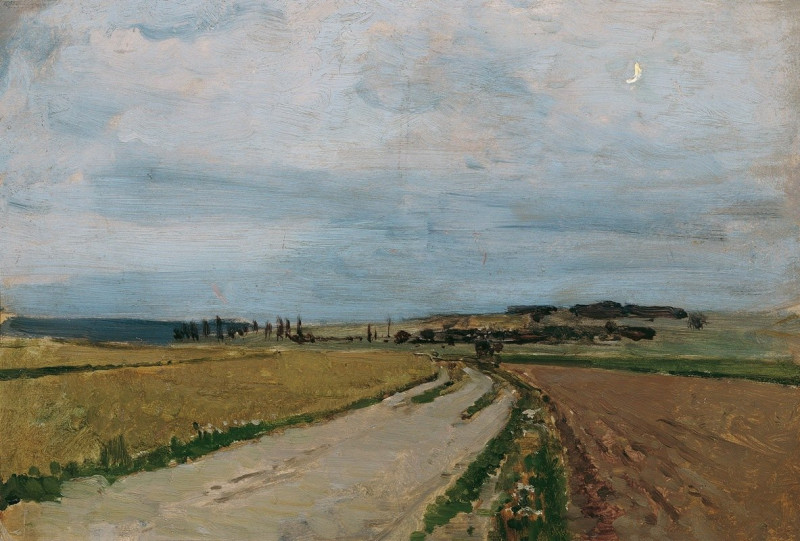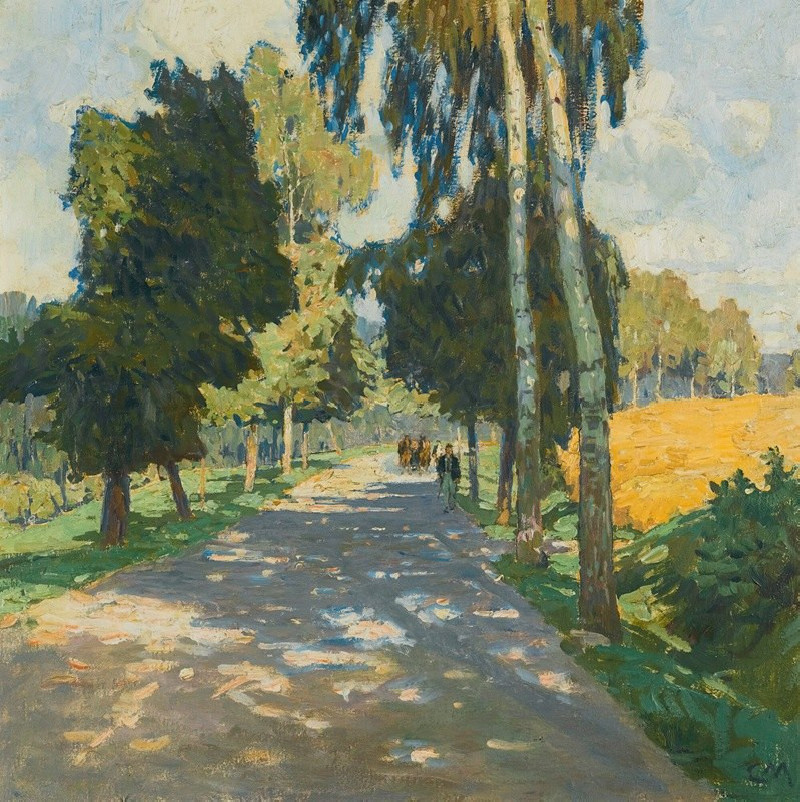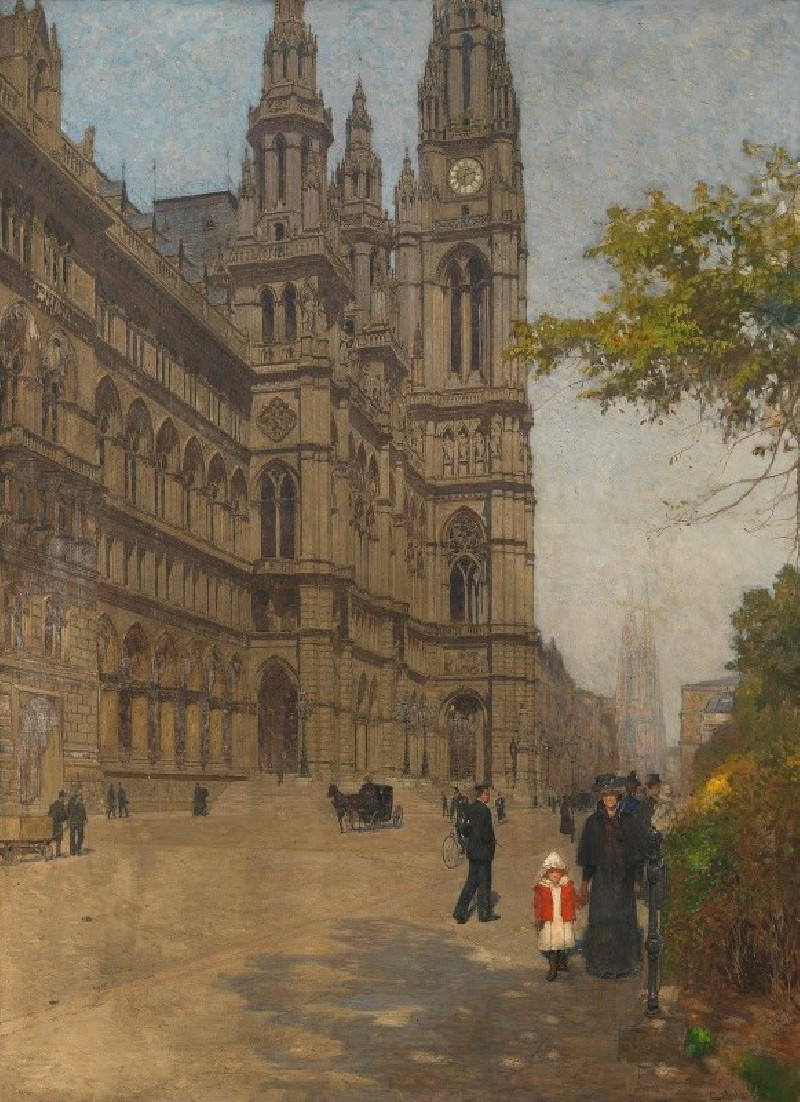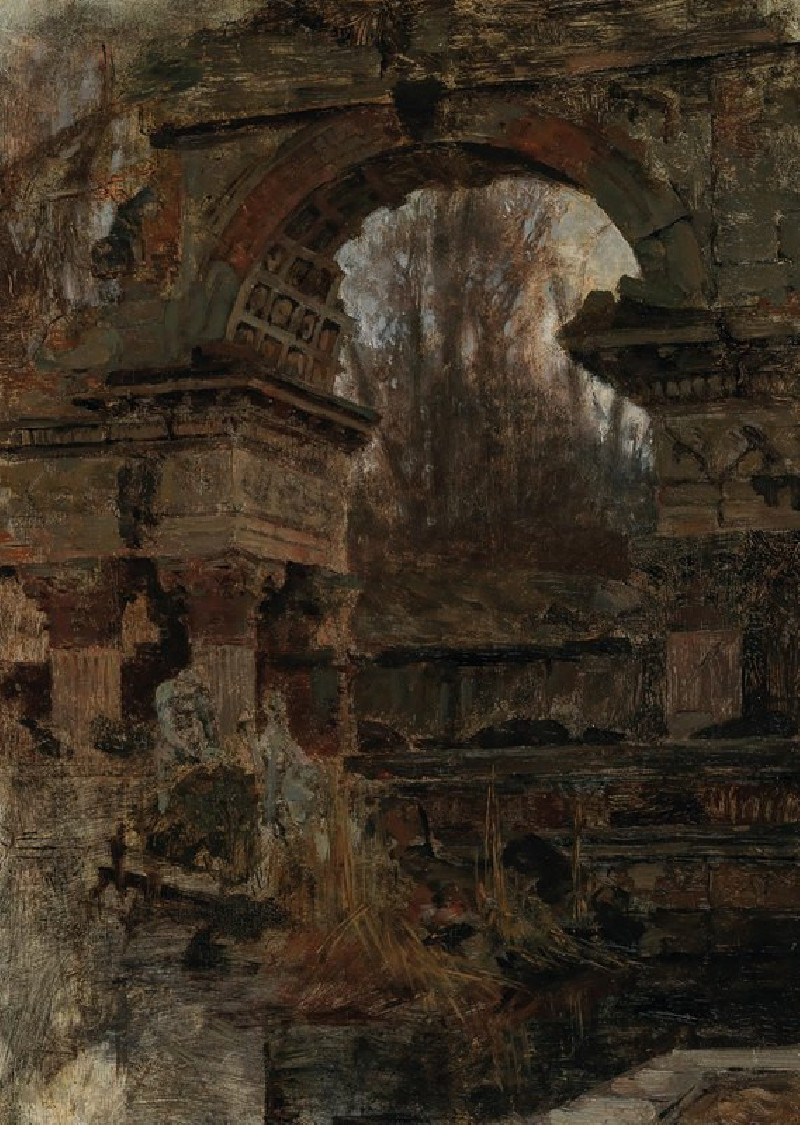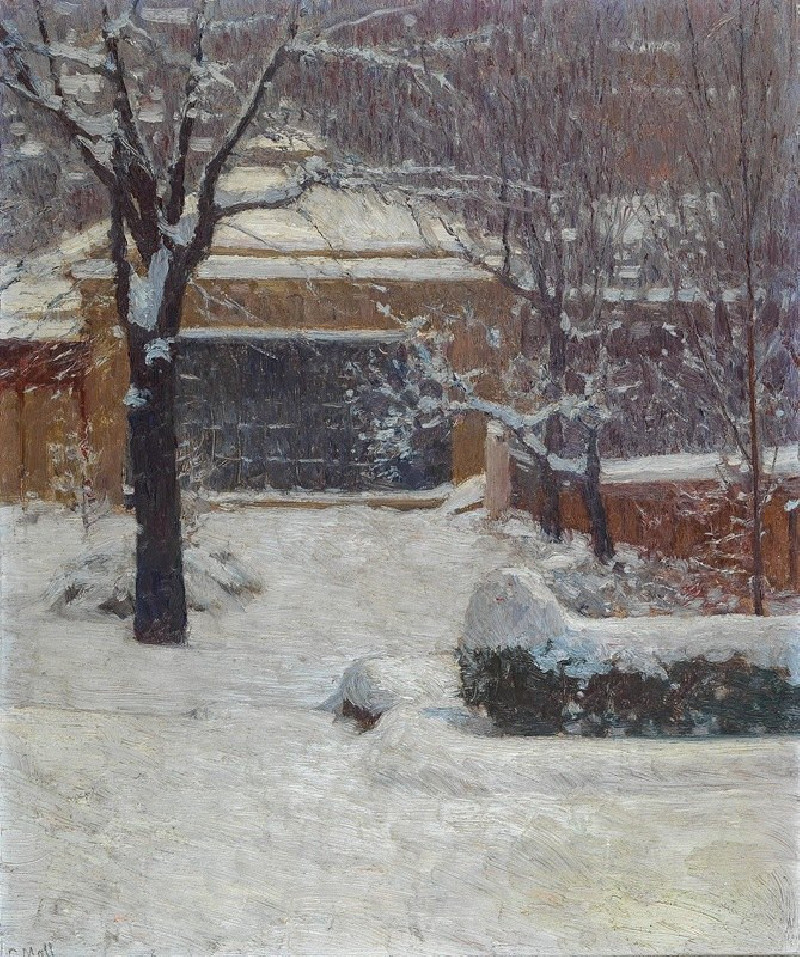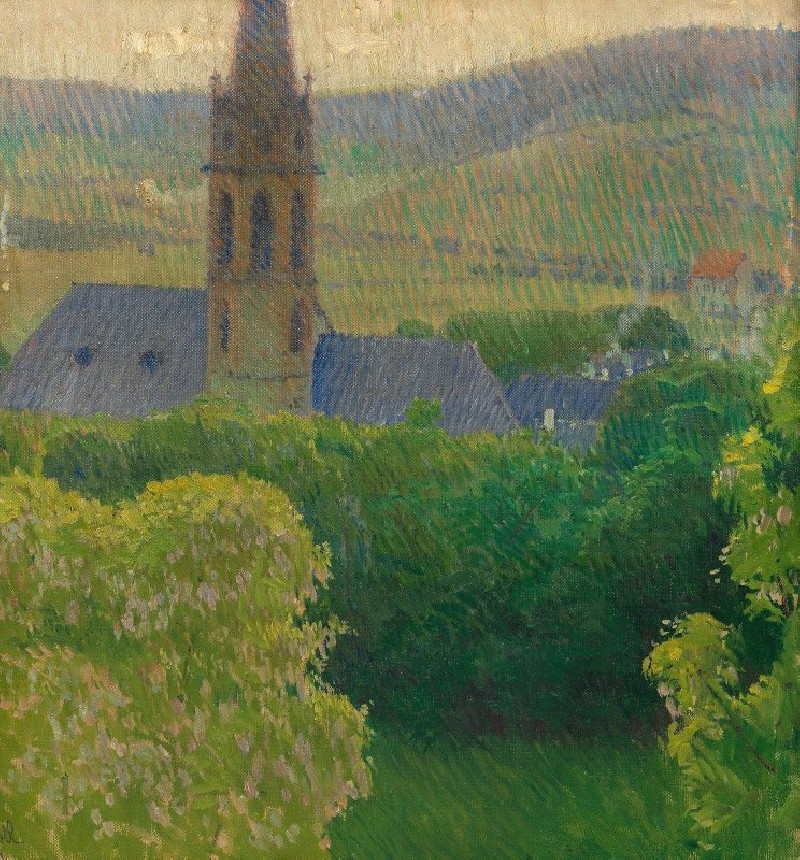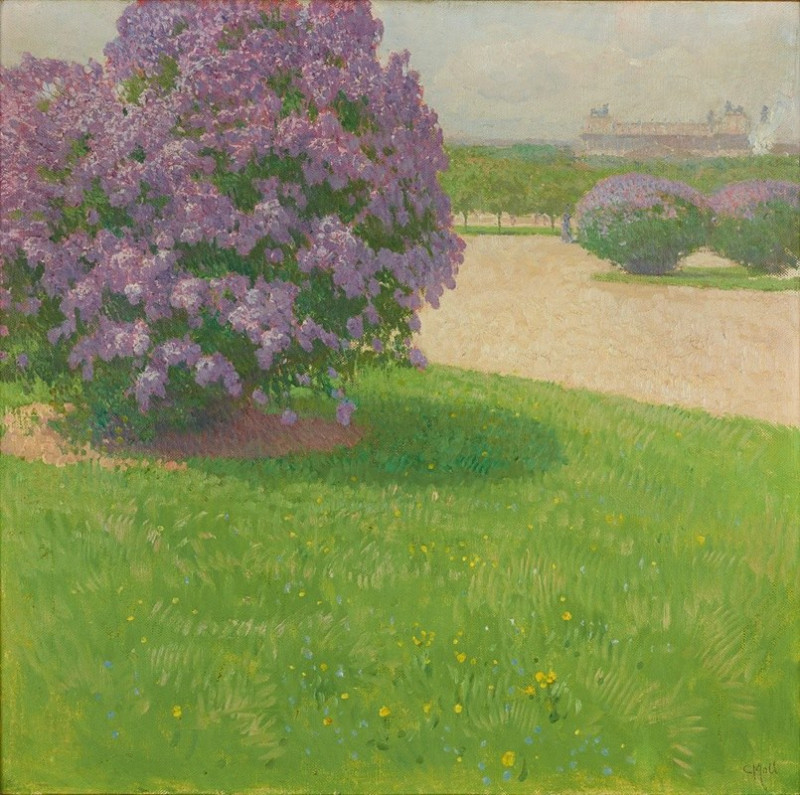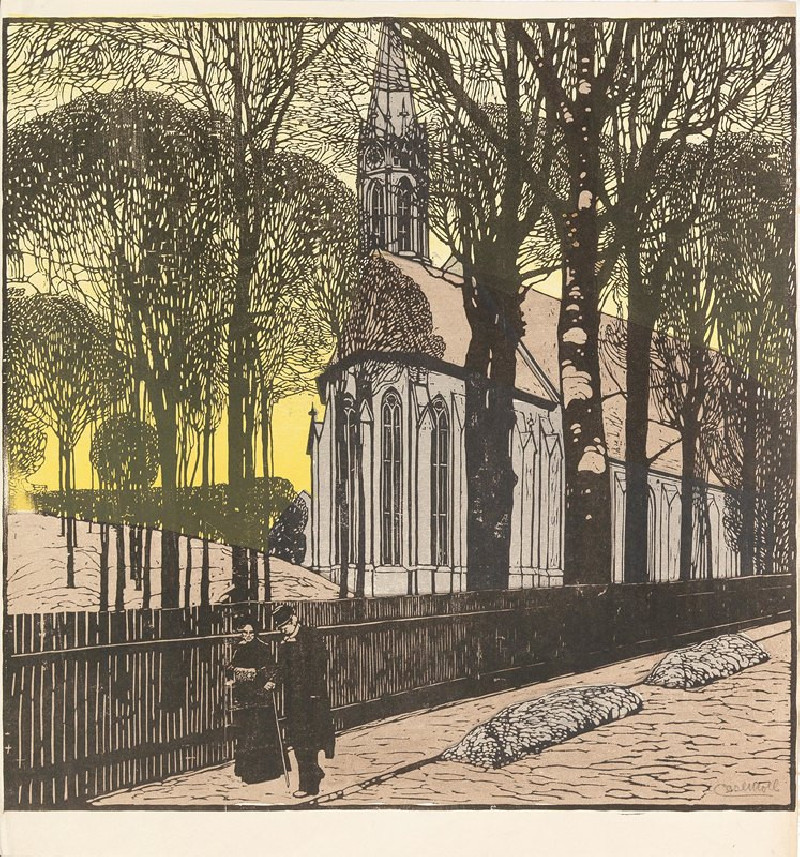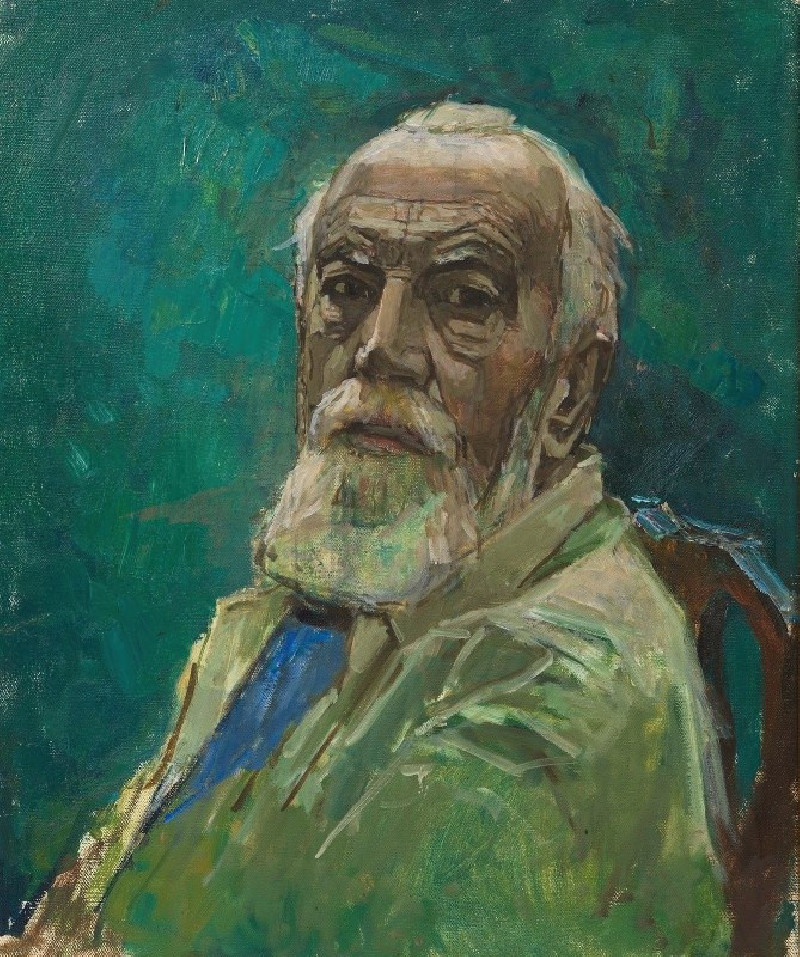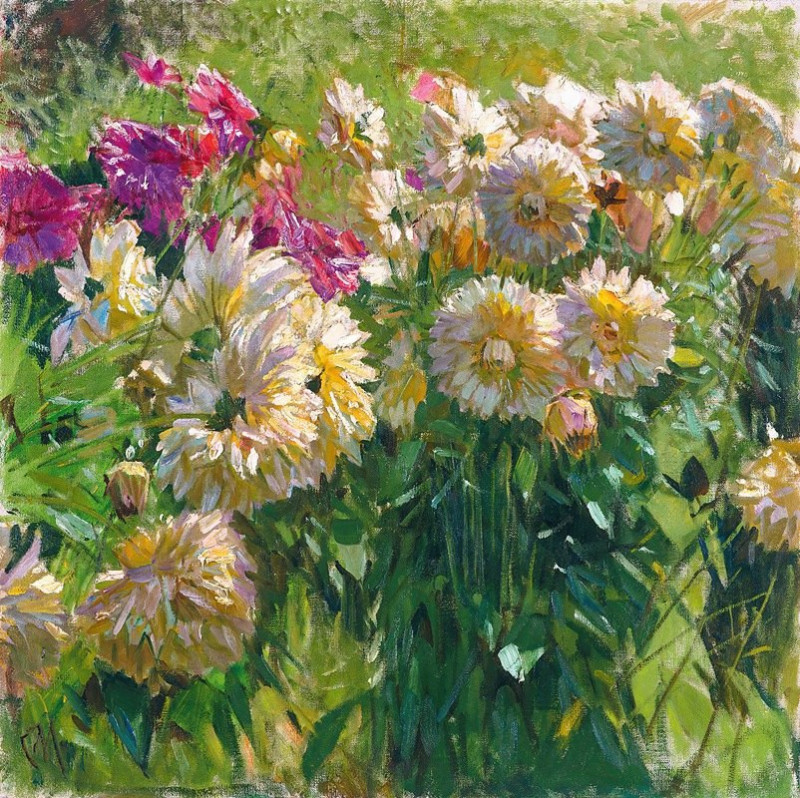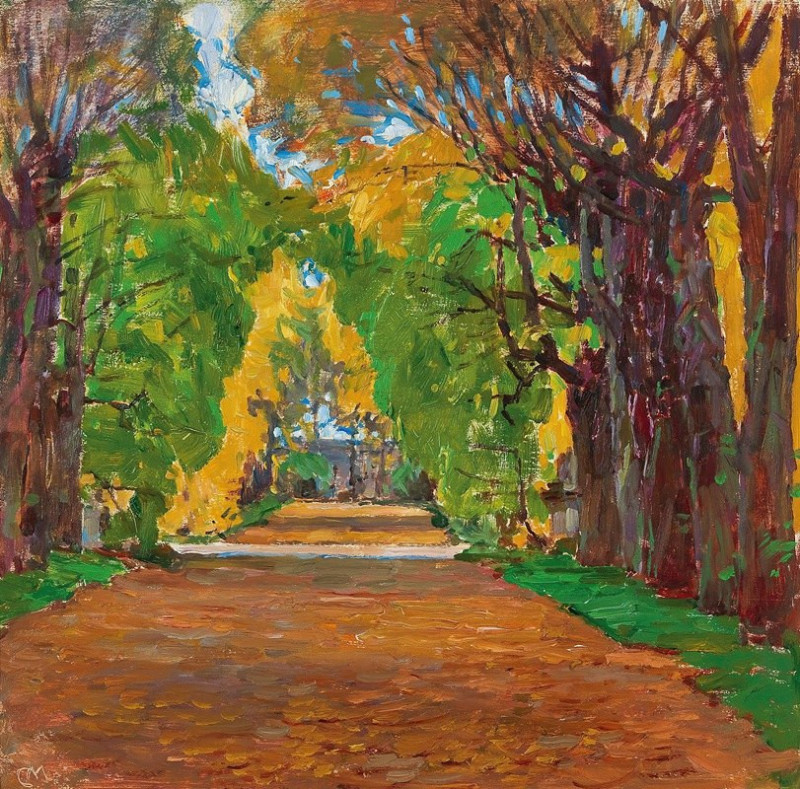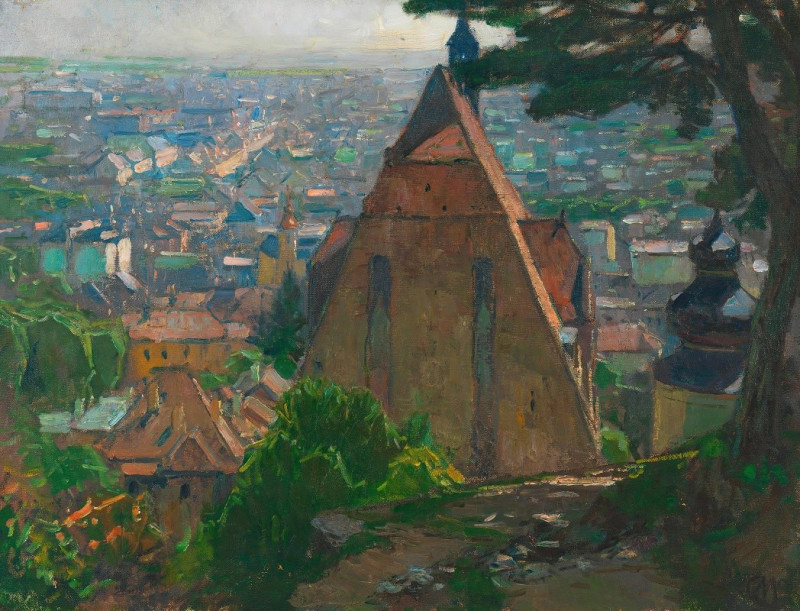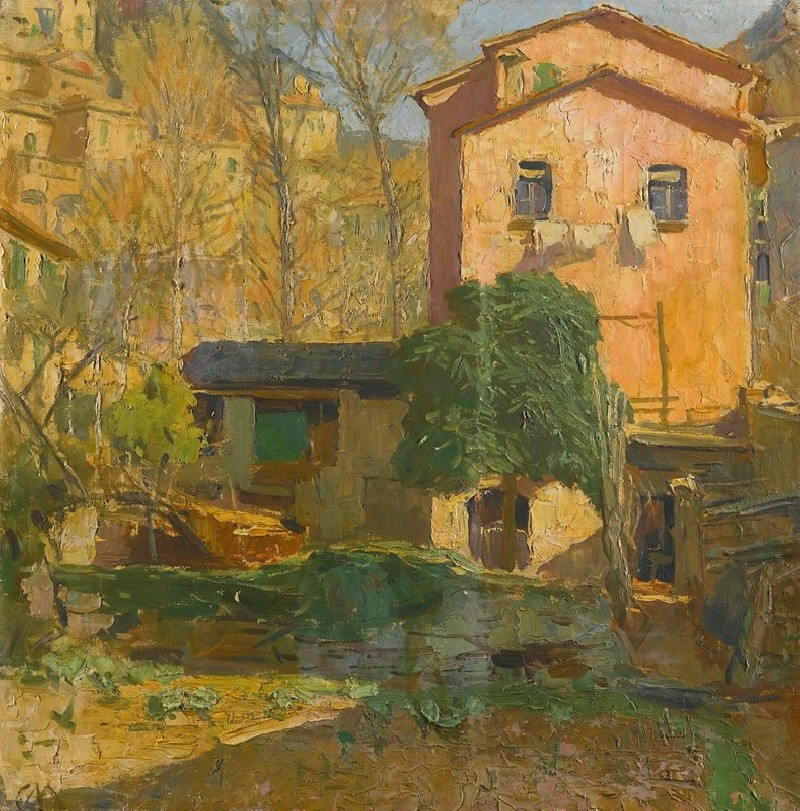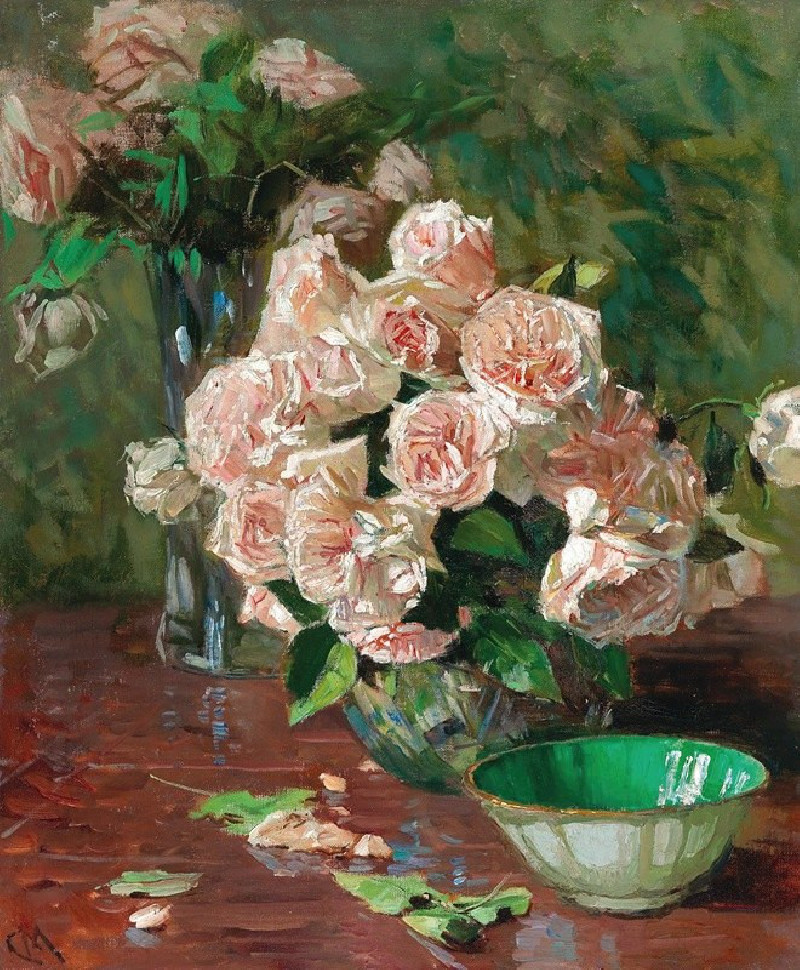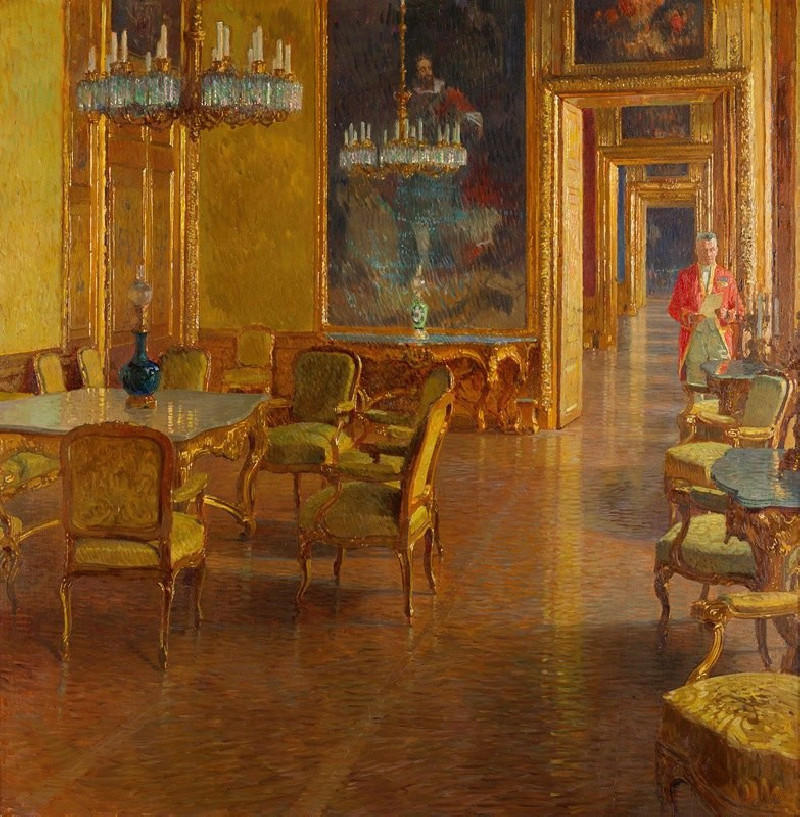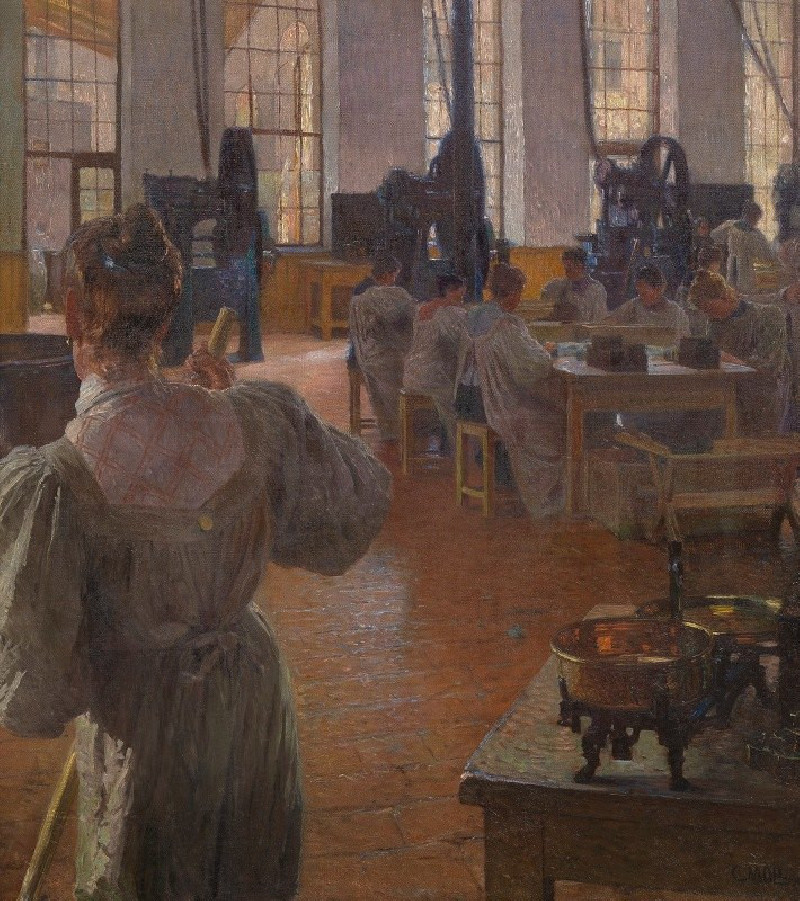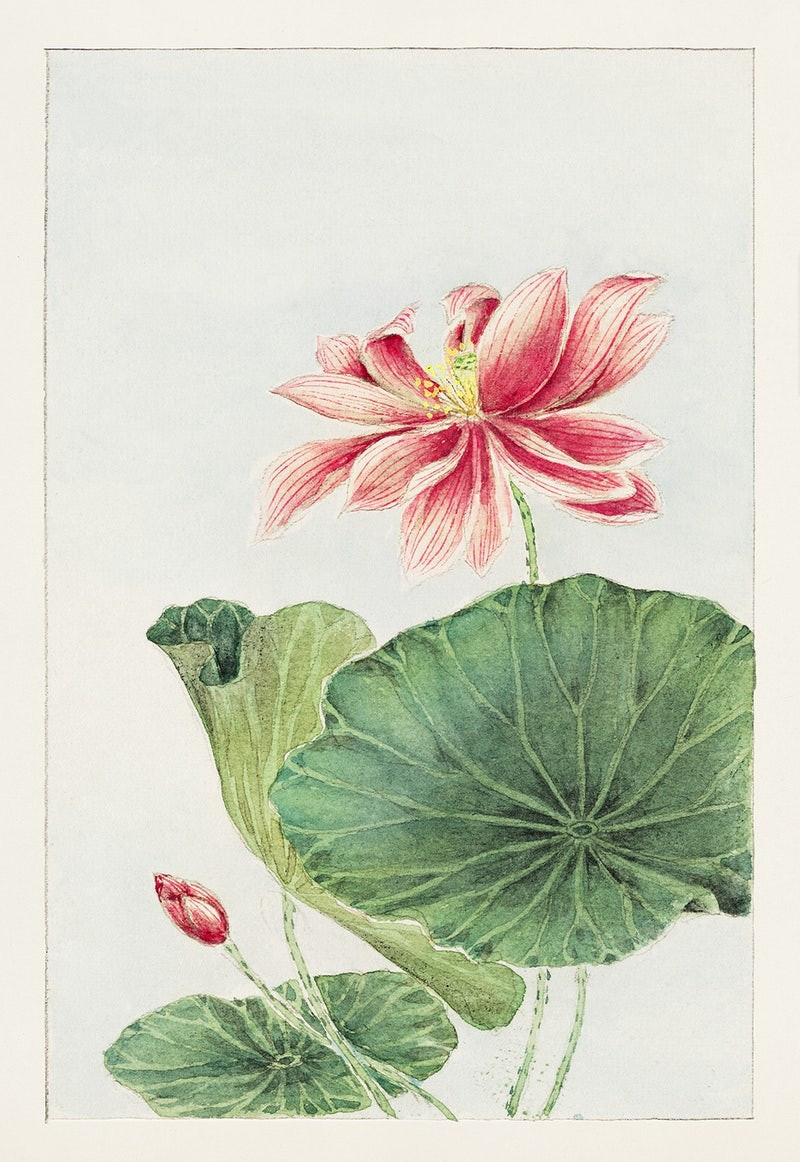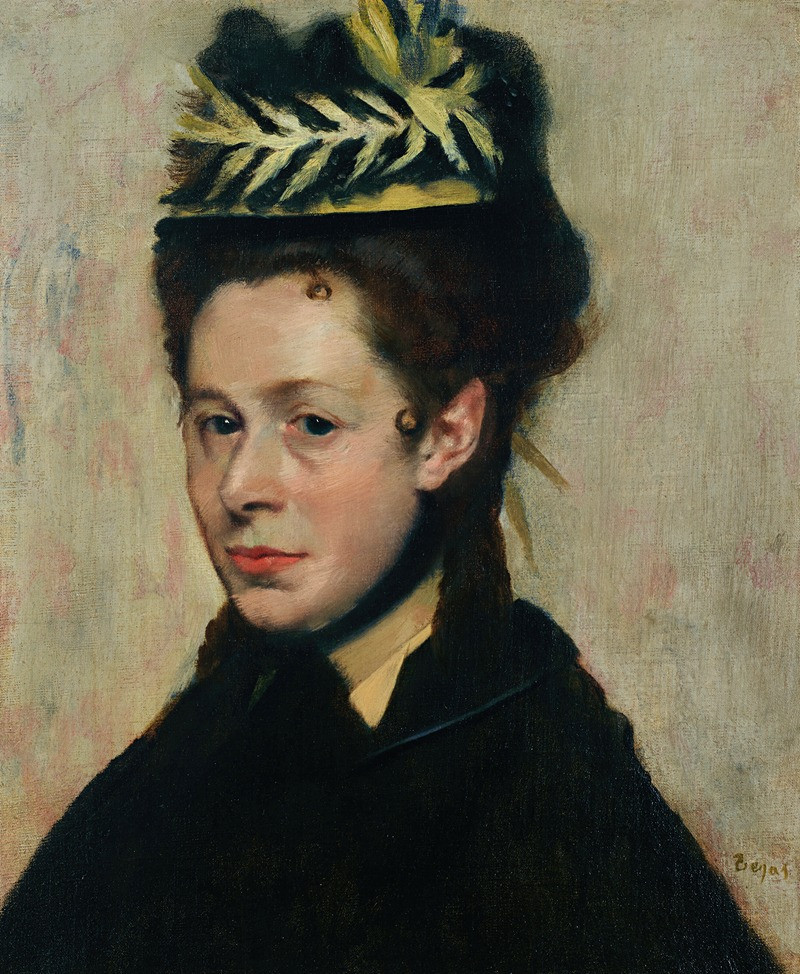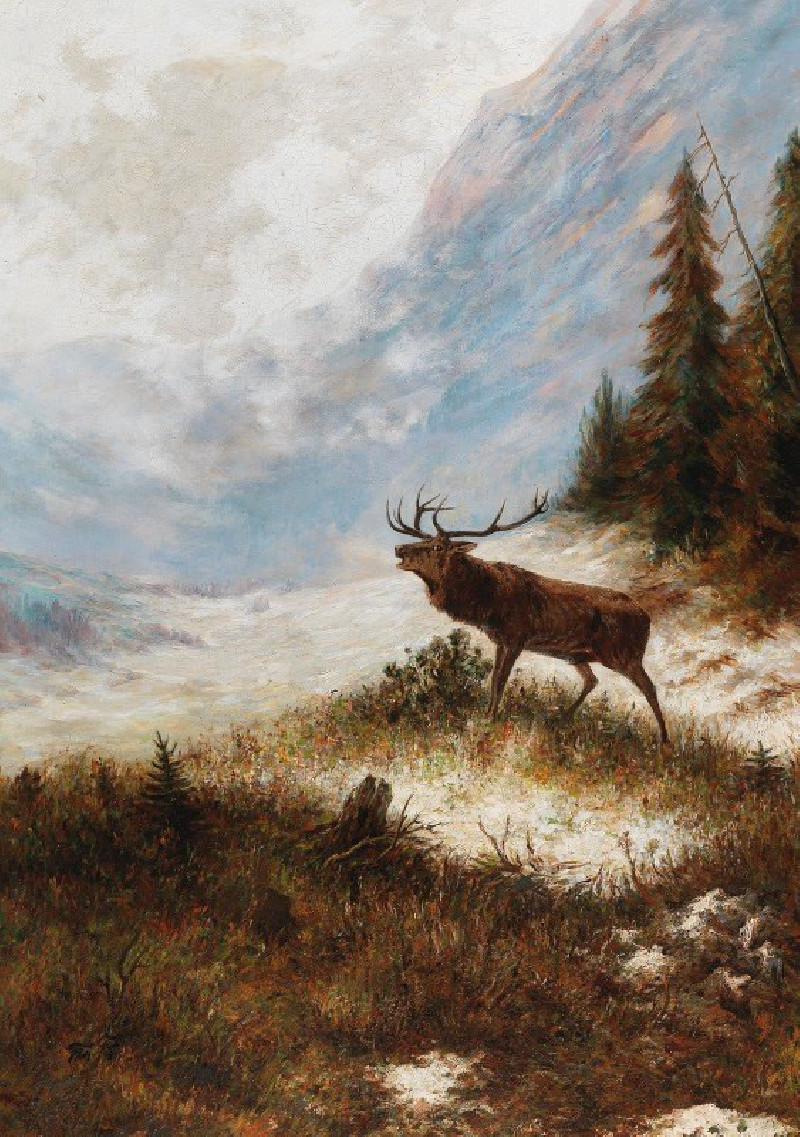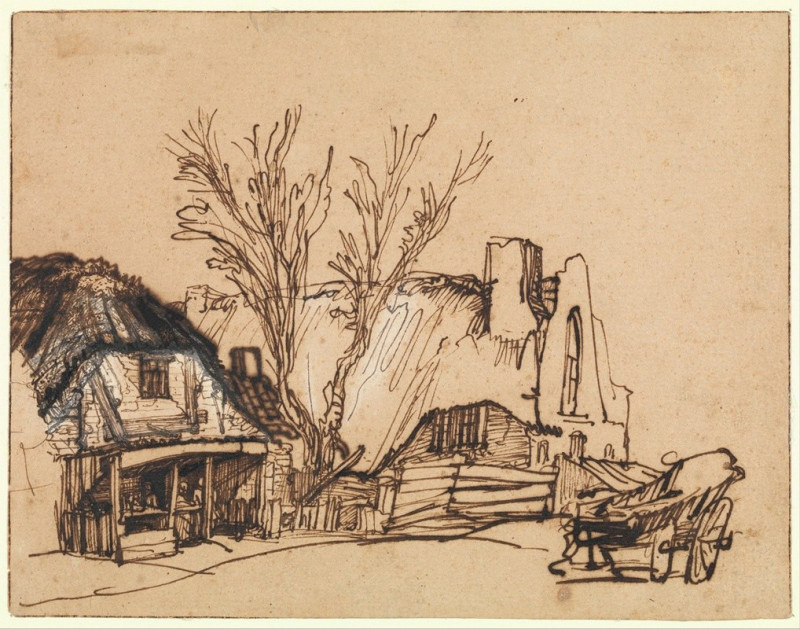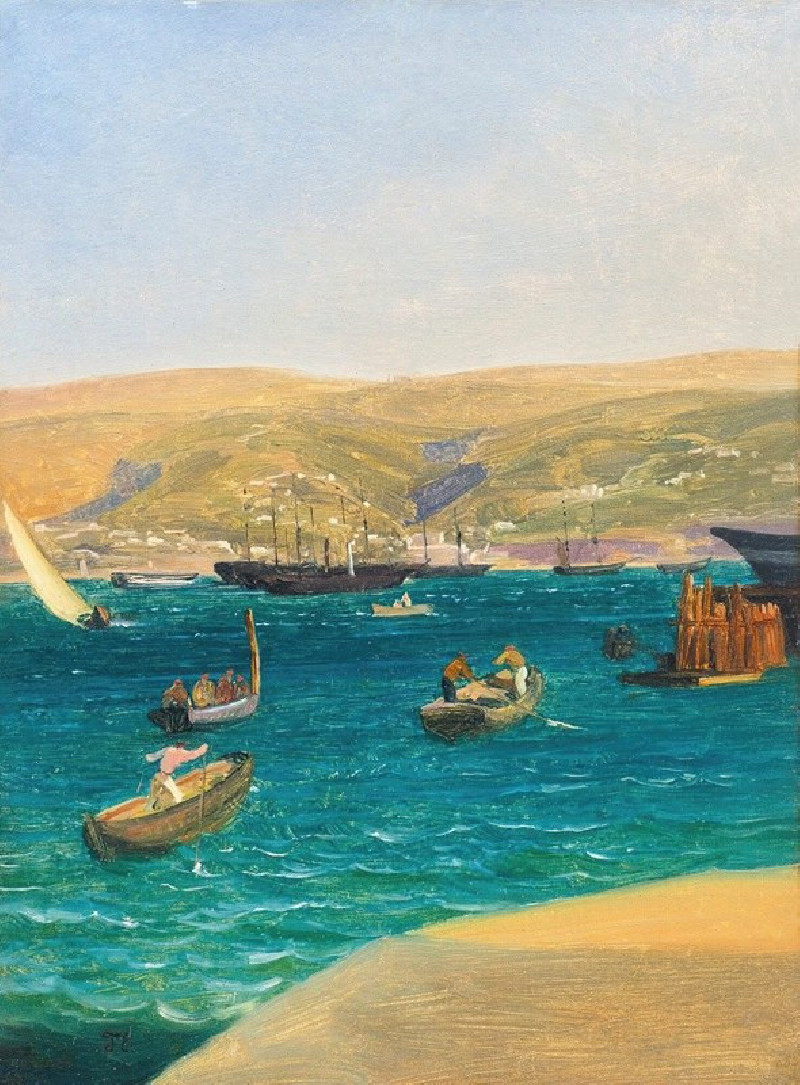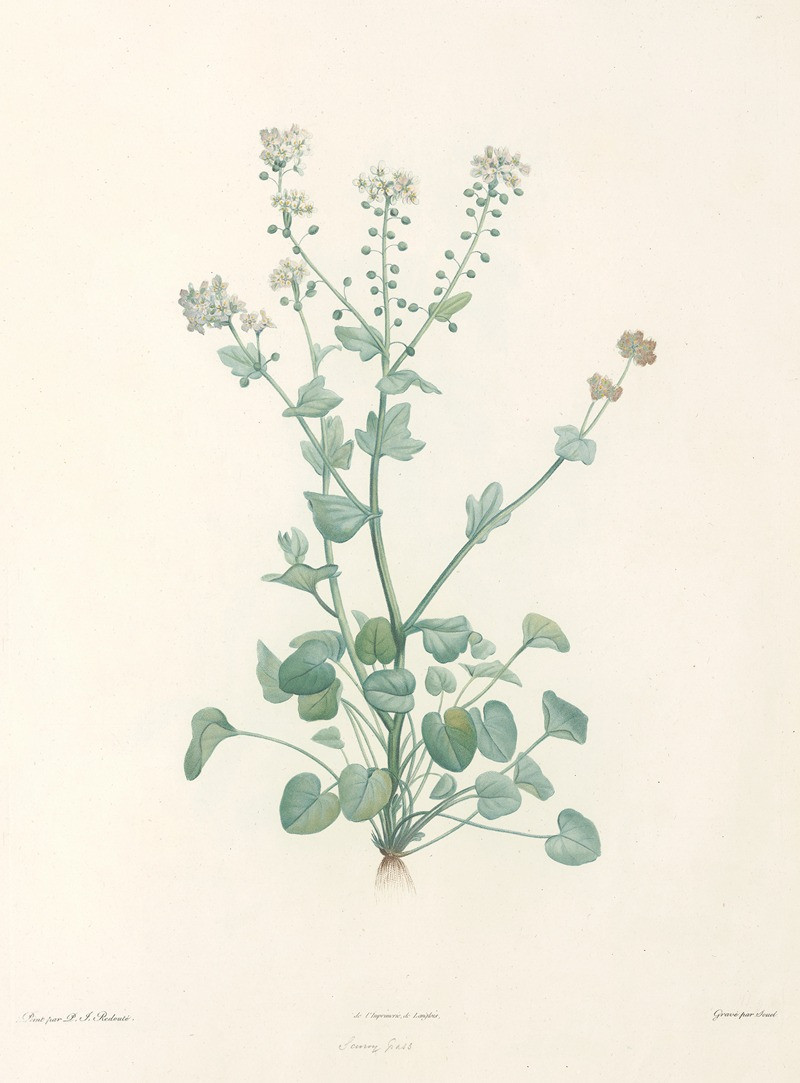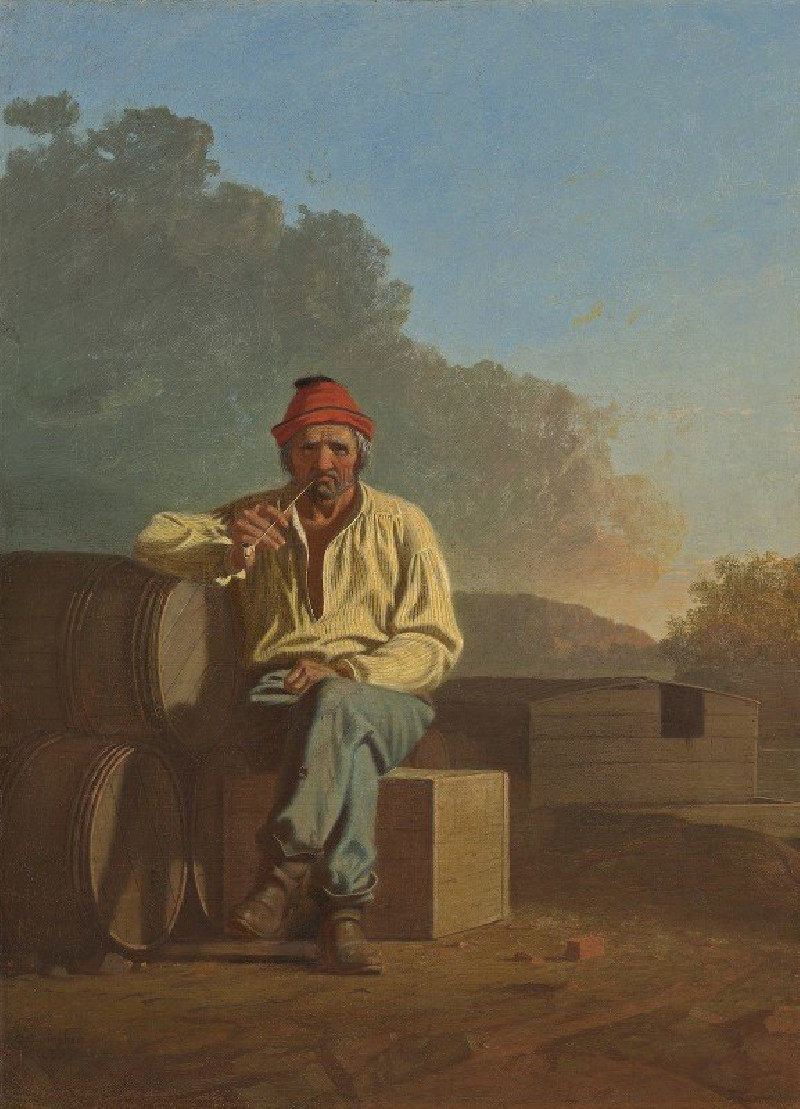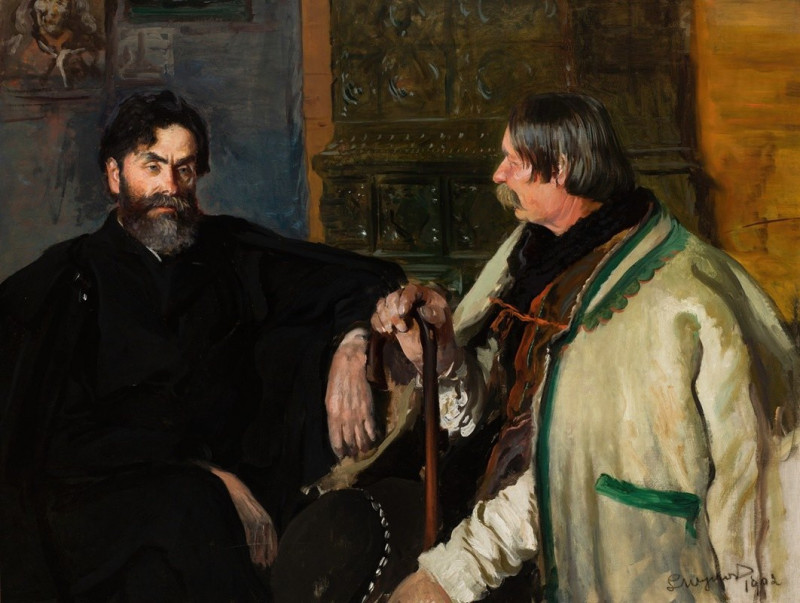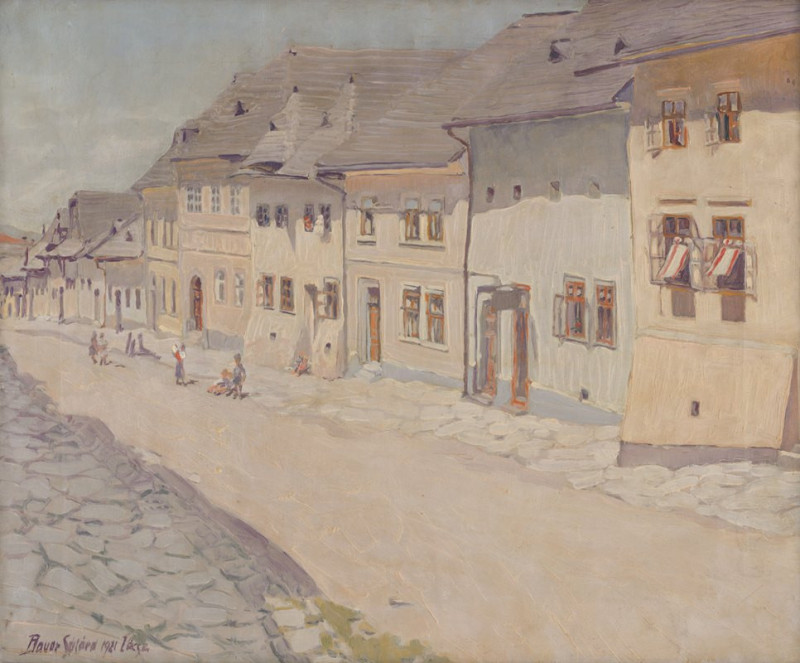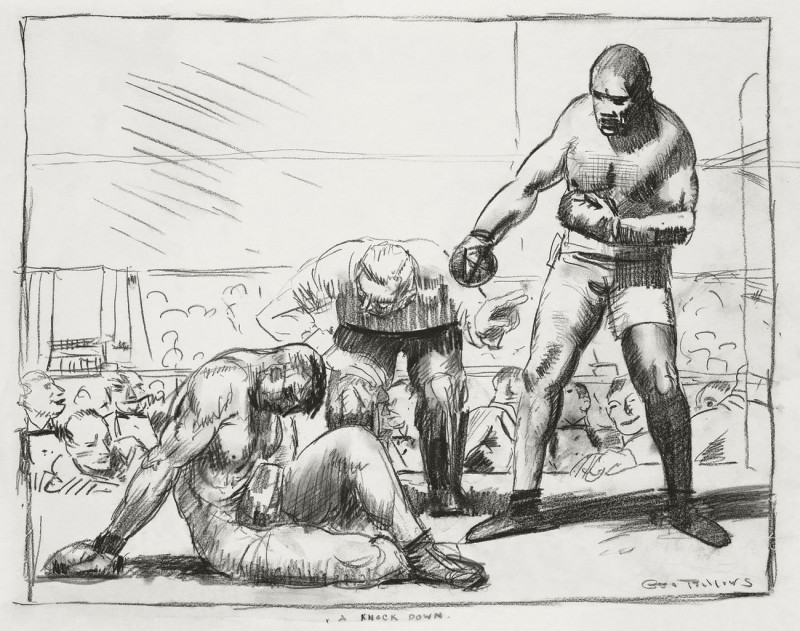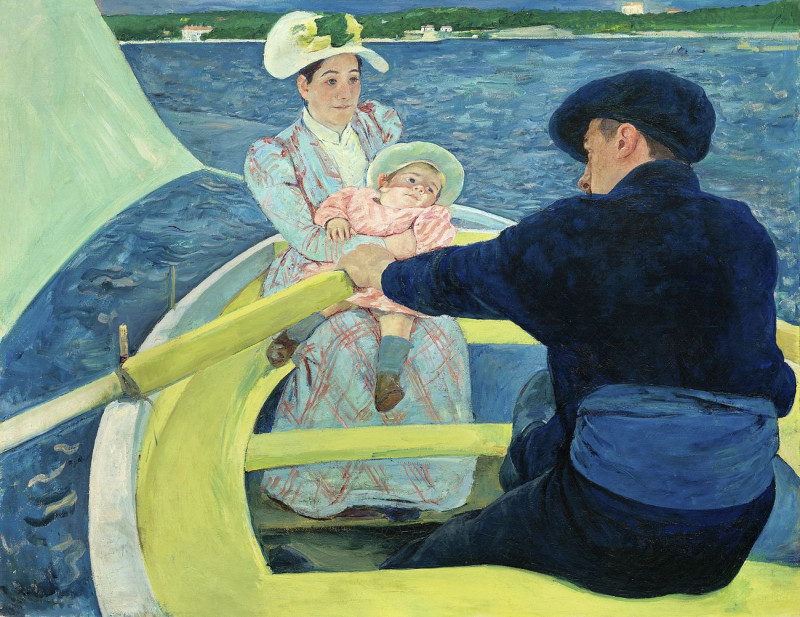Blick von Heiligenstadt auf den Nußberg (1903)
Technique: Giclée quality print
Recommended by our customers
More about this artwork
This enchanting landscape, titled "Blick von Heiligenstadt auf den Nußberg" (View from Heiligenstadt to the Nußberg), painted in 1903 by Carl Moll, offers a serene and meticulously detailed depiction of the verdant outskirts of Vienna. The painting captures a broad, sweeping view of the area, with its orderly patches of colorful fields stretching into the distance under a vast, cloud-streaked sky.In the foreground, dark, leafless trees stand in contrast to the lively green of the grass, setting a boundary between the viewer and the middle distance, where the heart of the composition lies. Subtle shades of earth tones and greens create a patchwork in the fields, suggesting the agricultural richness of the region. Small buildings, possibly farmhouses, dot the landscape, their subdued red and white façades adding a human touch to the otherwise natural vista.The scene is framed by the rolling hills in the background, with hints of darker forestry at their crests, conveying a tranquil harmony between man and nature.
Delivery
Returns
Carl Julius Rudolf Moll (23 April 1861 – 13 April 1945) was an Austrian art nouveau painter active in Vienna at the start of the 20th century. He was one of the artists of the Vienna Secession who took inspiration from the pointillist techniques of French Impressionists. He was an early supporter of the Nazis and committed suicide as Soviet forces approached Vienna at the end of World War II.

